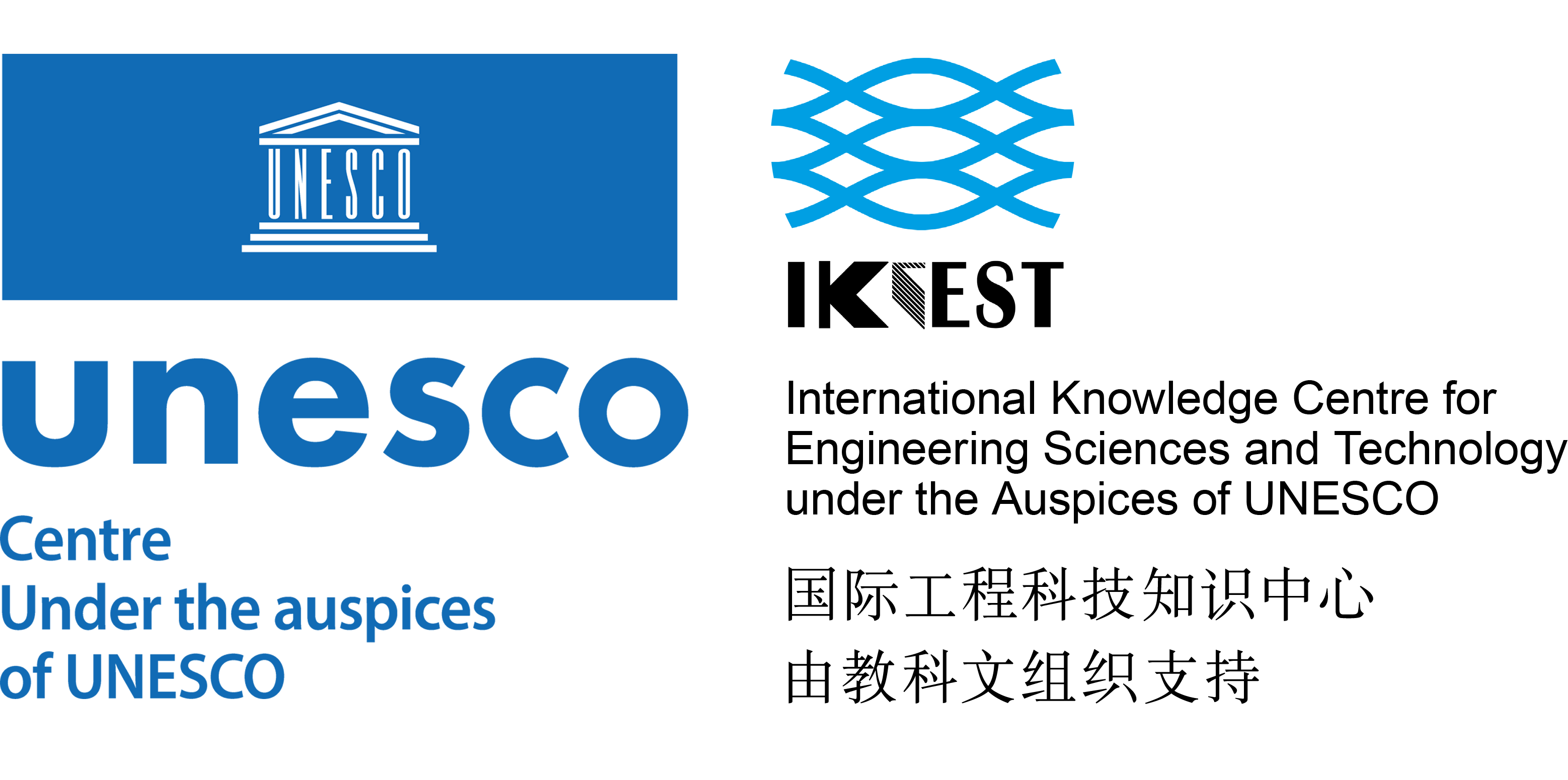The recently completed Ellen DeGeneres Campus of the Dian Fossey Gorilla Fund from the MASS Design Group has been designed to vanish within the existing lush volcanic landscape. Located in the Virunga Mountains of Rwanda, the new campus has set a new standard for ecological preservation and responsible design, all the while respecting the surrounding habitat.
The brand new purpose-built campus represents a US$15 million investment into conservation and education in Africa. The project was constructed using local labor and materials to reduce the structure's environmental footprint, while also creating a beautiful reforested landscape, designed with the goal of supporting education and economic return to the local community.
“From the outset, the mission of this project was focused on creating a space to engage the many stakeholders in conservation – students, scientists, tourists, conservation partners, community members – to advance our collective goal of saving gorillas and more broadly, the planet,” said Dr. Tara Stoinski, the Fossey Fund’s President and Chief Scientific Officer. “The beauty of the campus elevates people’s thinking about conservation, helping them realize how important conservation is. This shift is not just important for the Fossey Fund, but for the region and the world.”

The design of the new campus draws inspiration from Dian Fossey’s original campsite, which took shelter amid the forest at the Karisoke Research Center over 50 years ago, and is made up of three main buildings, plus accommodation for resident students and researchers. Locally sourced volcanic stone was used to construct the external walls, cladding and pathway gravel.
The project incorporated the planting of more than 250,000 native plants, alongside the creation of a series of green roofs that blend seamlessly with the surrounding volcanic landscape, giving the impression that the campus vanishes into the ground. A series of garden paths weave in and out of interior spaces, adjoining them with a series of sheltered patios and outdoor spaces. This interaction between the interior and outdoor spaces helps increase natural air flow and sunlight into the buildings, while also enabling views of the volcanic surroundings.
Rainwater is collected from the green roofs of the campus buildings for reuse, and treated naturally within the constructed wetland, which comprises a series of ponds located beneath the conservation gallery. Here the water is filtered and cleaned naturally before it is absorbed back into the ground. This one-of-a-kind system is a first for Rwanda, and is gravity fed, minimizing its overall energy consumption.

“Our partnership with the Fossey Fund has aligned around sustainability goals from the very beginning of the design and construction process,” said Theophile Uwayezu, MASS Design Director. “We’ve learned from each other's perspectives on conservation and engagement, resulting in a beautiful campus design in support of the local community and sustainability of our ecosystem.”
Founded by American primatologist and conservationist Dr. Dian Fossey, the Digit Fund (now the Dian Fossey Gorilla Fund) was set up in 1978 to raise money for anti-poaching patrols following the death of a favored gorilla of the same name at the hands of poachers. It's now one of the world’s largest and longest-running organization dedicated to gorilla conservation. The new campus will become a key training facility for young African scientists in conservation.
Source: MASS Design Group








 个人中心
个人中心 我的培训班
我的培训班 反馈
反馈












Comments
Something to say?
Log in or Sign up for free